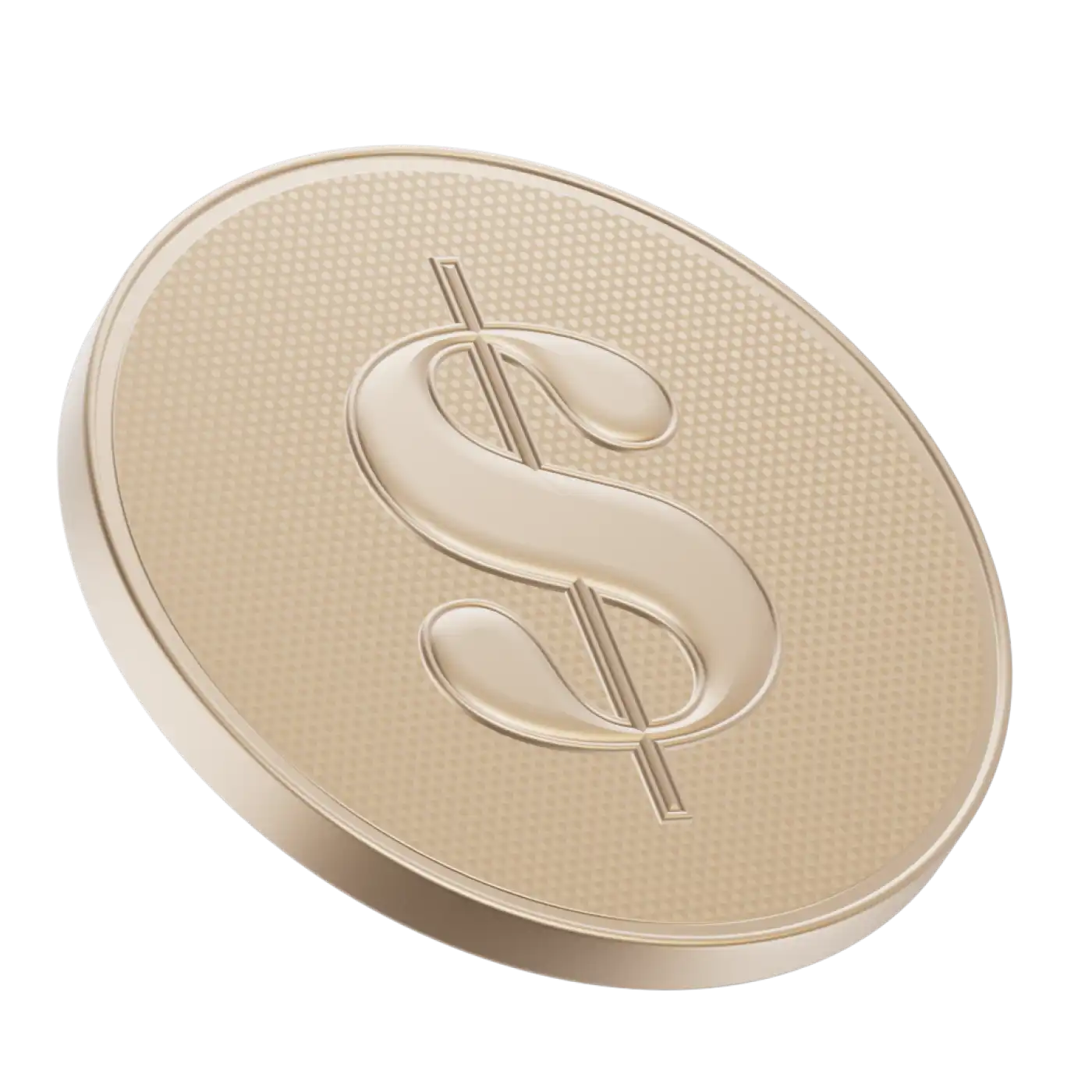Registered Retirement Savings Plans (RRSPs) are powerful savings tools for Canadians, offering tax advantages that can help you build a secure retirement when used strategically. Contributions are tax-deductible, which means they can reduce your taxable income for the year, and any investment growth inside the plan is tax-deferred. You only pay tax when you withdraw the funds — typically in retirement, when your income and tax rate may be lower.
Understanding how contribution limits, unused contribution room, and unused contributions work can help you maximize the benefits of your RRSP.
RRSP contributions
There are limits to how much you can contribute to your RRSP each year (known as your annual contribution limit). For 2024, that limit was 18% of your earned income, up to $31,560. For 2025, the limit is $32,490. The number changes, so check with the Canada Revenue Agency (CRA) each year. If you’re a member of a pension plan or Deferred Profit Sharing Plan, your RRSP deduction limit for the coming year is reduced by your pension adjustment (the value of pension benefits you earned in the previous year). You can find your RRSP contribution limit in a few ways, including checking your most recent Notice of Assessment, or by logging into your CRA My Account online.
Unused RRSP contribution room
One particularly valuable feature of RRSPs is that if you can’t (or don't) contribute in a given year, you don’t lose the potential tax savings on that money — any unused space is added to your deduction limit for future years. Your contribution room will continue to accumulate. Here’s an example of how this works: In 2023, your contribution limit was $12,000, but you only contributed $5,000. Therefore, your unused contribution room would be $7,000. In 2024, if your contribution limit was $13,000, you can contribute a total of $20,000 (this year's $13,000 + last year’s unused $7,000.) Just make sure you don’t over-contribute to your RRSP. While the CRA permits a lifetime over-contribution allowance of $2,000, any contributions that exceed that amount are subject to a 1% tax per month until the excess is withdrawn or new contribution room becomes available.
Unused contributions vs. unused contribution room
While the terms sound similar, there's an important distinction. When you contribute to your RRSP, you must report the contribution on your tax return for that year. However, you’re not required to deduct it right away. Instead, you can choose to claim the deduction in a future year. This could be considered if you expect to be in a higher tax bracket later on, or if you want to spread your deductions out over several years. Contributions that have not yet been deducted are called “unused RRSP contributions.”
You can carry forward unused RRSP contributions indefinitely, but it’s not something most people do. Unless you expect to be in a significantly higher tax bracket in the future, it often makes sense to claim the deduction sooner rather than later. By waiting years to get incremental tax savings, you could miss out on immediate tax refunds that could be reinvested, as well as potential investment growth on that money. Your unused RRSP contributions from previous years are also identified on your Notice of Assessment.
Final thoughts on RRSP contributions
Understanding the mechanics of RRSP contribution limits, unused contribution room, and unused contributions can help you make more informed decisions about your retirement savings. While these features offer flexibility, they also require careful planning to maximize your tax advantages and avoid penalties.
Remember that RRSP rules and tax regulations may change over time, so stay informed about updates from the CRA and adjust your strategy accordingly.


